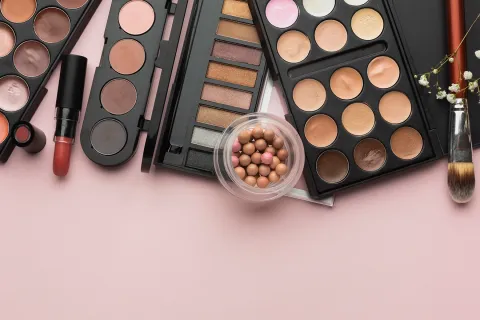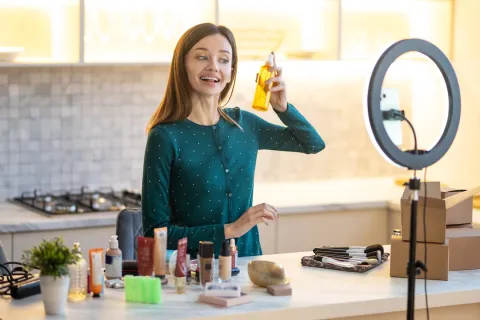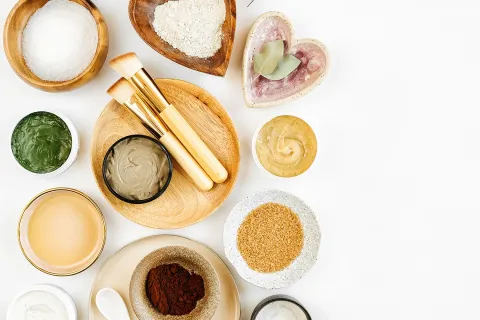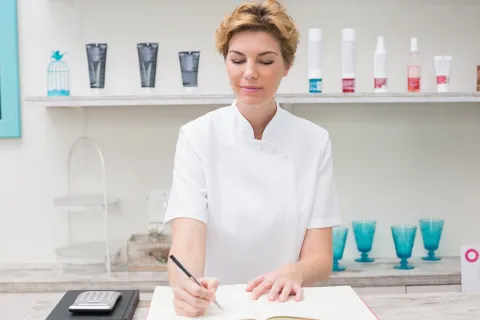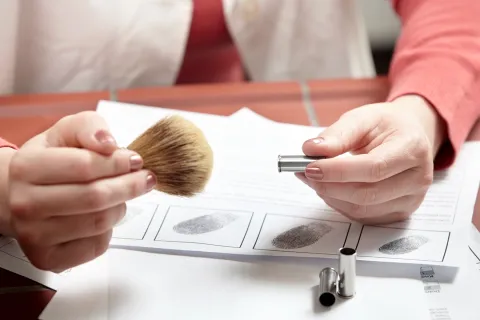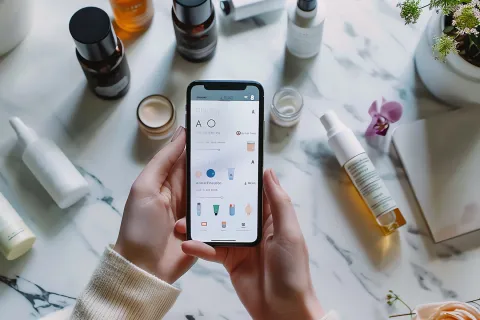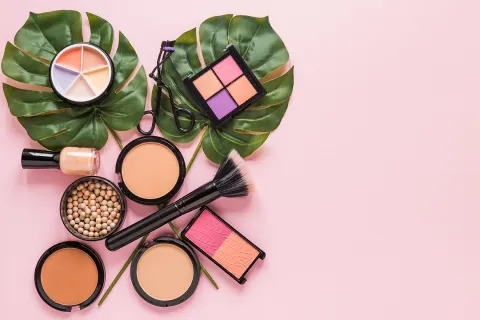The Ministry of Food and Drug Safety (MFDS) of South Korea is modifying its Cosmetics Safety Standards to align with the European Union (EU) legislation for cosmetic ingredients. The purpose of these modifications is to increase the safety of the cosmetic products and streamline the Regulatory framework for cosmetic ingredients. The updated regulations will be applicable to all the cosmetics manufactured, imported, and distributed in South Korea.
According to a report, once the regulations are updated, the allowable concentration limit for more controversial chemicals will be reduced, which includes the following five preservatives:
- Methylisothiazolinone (MIT)
- Dimethyloxazolidine
- P-chloro-m-cresol
- Chlorophene
- Propionic acid and its salts
The decision of changing the concentration of MIT is only to reduce the number of allergenic incidents. It is aligned with the EU Regulation (EC) 2017/1224, which came into force in the year 2018.
Additionally, the agency is also planning to upgrade the regulations of ingredients associated with the following category of products.
1. Hair Dye and Soaps
The proposed updates will also provide a list of additions to the allowed hair dye ingredients and their set concentration limits. The changes are aligned with the EU Regulation (EC) 1223/2009 in order to ensure that percentage of ingredients used in the products is safe. The list of restricted ingredients and their limited concentration is as follows:
- 2-amino-3-hydroxypyridine (1.0%)
- 4-amino-m-cresol (1.5%)
- Hydroxypropyl bis (N-hydroxyethyl-phenylenediamine) HCl (0.4%)
- 5-amino-6-chloro-o-cresol (0.5%)
- 6-hydroxyindole (0.5%)
- Hydroxyethyl-4, 5-diamino pyrazole sulfate (3.0%)
- Hydroxybenzomorpholine (1.0%)
The proposed regulations are also set to define standard tests and methods to calculate the free alkali content in solid soaps that are intended for face wash. Although, soaps are not regulated under the cosmetic law as of now, they are said to be classified separately in the upcoming regulations.
2. Customized Cosmetics
Customized cosmetics are defined as “Cosmetics Custom-made for Individual Use” in the revised regulations. The upcoming regulations are expected to provide rules specifying the ingredients allowed for use in this category of cosmetics too. Generally, all ingredients are allowed for this category except for those ingredients that are listed as prohibited, restricted or functional in the Cosmetics Safety Standards.
Additionally, the use of two substances (salicylic acid and its salts, and iodopropynyl butylcarbamate [IPBC]) are said to be banned for use in cosmetics intended for children under the age of 13. Earlier, these ingredients were banned for cosmetics for children under the age of 3.
Although these amendments were published through an MFDS administrative notice on July 23, 2019, the implementation date for the same is yet to be announced. Until then, cosmetic manufacturers planning to enter the South Korean market are advised to keep a track of the advancements of the Cosmetic Safety Standards to ensure successful market-entry and compliance. Stay up-to-date. Stay informed.

